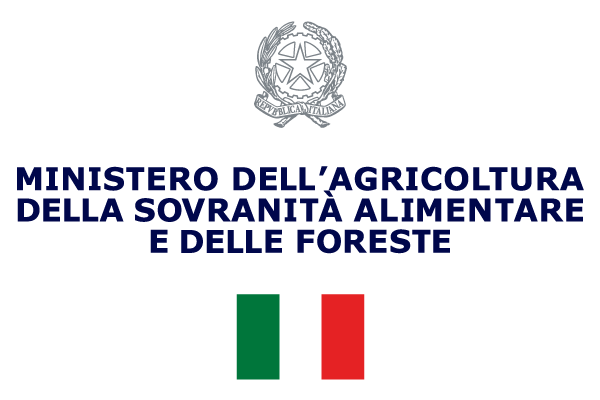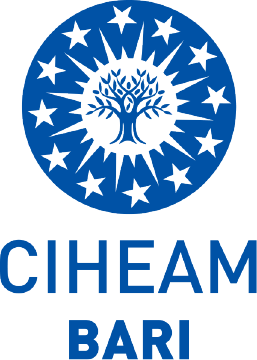The research article is published in Plos One. Managing pests in carrot production is challenging. Endophytic microbes have been demonstrated to improve the health and productivity of many crops, but factors affecting endophyte dynamics in carrot is still not well understood. The goal of this study was to determine how crop management system and carrot genotype interact to affect the composition and potential of endophytes to mitigate disease caused by Alternaria dauci, an important carrot pathogen. Twenty-eight unique isolates were collected from the taproots of nine diverse genotypes of carrot grown in a long-term trial comparing organic and conventional management. Antagonistic activity was quantified using an in vitro assay, and potential for individual isolates to mitigate disease was evaluated in greenhouse trials using two carrot cultivars. Results confirm that carrot taproots are colonized by an abundant and diverse assortment of bacteria and fungi representing at least distinct 13 genera. Soils in the organic system had greater total organic matter, microbial biomass and activity than the conventional system and endophyte composition in taproots grown in this system were more abundant and diverse, and had greater antagonistic activity. Carrot genotype also affected endophyte abundance as well as potential for individual isolates to affect seed germination, seedling growth and tolerance to A. dauci. The benefits of endophytes on carrot growth were greatest when plants were subject to A. dauci stress, highlighting the importance of environmental conditions in the functional role of endophytes. Results of this study provide evidence that endophytes can play an important role in improving carrot performance and mediating resistance to A. dauci, and it may someday be possible to select for these beneficial plant-microbial relationships in carrot breeding programs. Implementing soil-building practices commonly used in organic farming systems has potential to promote these beneficial relationships and improve the health and productivity of carrot crops.






